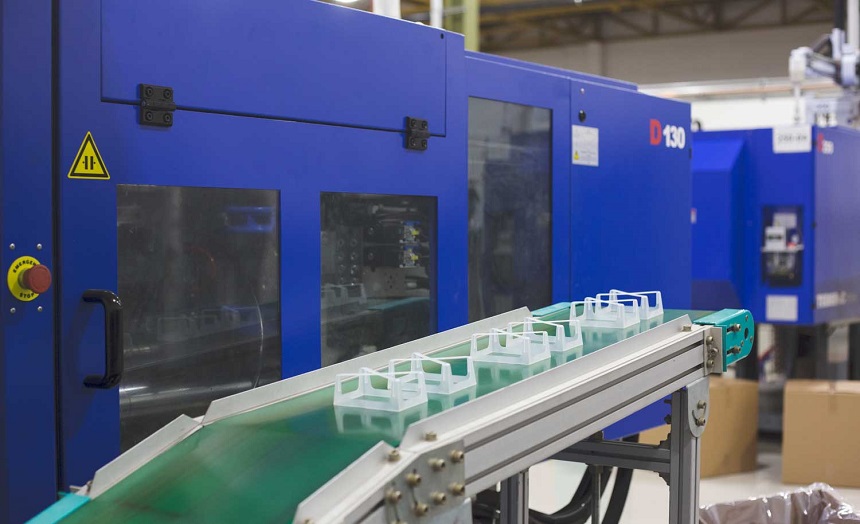What Type of Plastics are used in Injection Molding?

With more than 85,000 types of injection molding plastic materials at our disposal, it can be quite overwhelming for entrepreneurs, designers, and others alike to choose the right material to manufacture their products. Here, we make this process a little less daunting by breaking down plastics into three main categories:
1. Elastomer
2. Thermoset
3. Thermoplastic
Here’s our injection mold maker in China discussing what type of plastics is used in injection molding.
Suitable materials for injection molding
When choosing which plastic material to use in injection molding your parts, you’ll have to consider a range of factors.
Before deciding on the best material for your needs, consider your part’s desired functionality. For instance, some parts need to be rigid and thick, while others need to be flexible and thin. The complexity and design of your mold also play a significant role in finding out which materials are ideal for your specific injection molding process.
When specific material component makeup is required, factors like viscosity, cooling point, and melting point may play an integral role.
Plus, don’t forget the risks and hazards that you’ll need to consider when choosing materials because some plastics can be toxic, especially when used in medical or food functions.

Types of plastics used in injection molding
Elastomer
Elastomer is a polymer with plastic properties. This category comprises both synthetic and natural polymers. Some elastomers can be thermosets, while others can be thermoplastics—that’s why it’s considered as a subset of the other two plastic categories.
Elastomer, like thermoset, cures to form a permanent shape and can’t be used again. It’s very flexible and can withstand extremely high temperatures. Some examples are liquid silicone rubber and rubber.
Thermoset
Compared to thermoplastic material, thermoset material can withstand much higher temperatures. When it’s cured, it forms a permanent shape and can neither be reused nor be melted again. Thermoset material has both thermal and electrical insulation properties that make it ideal for electronic and electrical applications. Phenolic formaldehyde is one of the most common forms of thermoset.
Thermoplastic
When heated, thermoplastic becomes liquid. When it cools down, it becomes inflexible and solidifies. However, it’s possible to reuse and re-melt thermoplastics. Thermoplastic is quite common in plastic injection molding and is seen as an all-purpose material.
There are two main types of thermoplastic: semi-crystalline and amorphous thermoplastic.
Semi-crystalline thermoplastic is very opaque. It doesn’t liquify gradually but remains solid until it reaches a particular temperature. Nylon, polyethylene, and polypropylene are some examples of semi-crystalline thermoplastic.
On the other hand, amorphous thermoplastic tends to be glassy and transparent in appearance. When it’s heated, it softens gradually and slowly. Some examples of amorphous thermoplastic include polycarbonate, polystyrene, and plexiglass.
Get top-quality custom plastic injection molding via PTMS
As one of the leading injection molding companies, PTMS has experienced employees and advanced injection machines to control the cost in a reasonable range.
Give us a call now for an instant injection molding quote!
